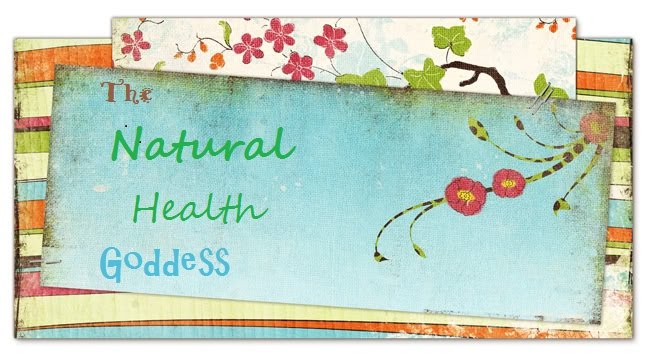I know that I touched on these the other day and so I wanted to go into a little bit more detail as to why we feel the need to have 72-Hour Kits and what we are putting in them. Just to reiterate what I said in the last post, there are interesting things happening all around us. Sometimes it’s difficult to comprehend the intensity or magnitude of some of these events because they don’t occur close enough to us. Truth be told, none of us are immune to disasters. Depending on where we live, it could be anything from snow, rain, flooding, tornados, hurricanes, ice storms, fire, extended power outages, wind, etc. Scott reminded me yesterday of the Boy Scout motto, “Be Prepared”. It applies to all of us!
We feel that it is important to have 72-Hour Emergency Kits in case for some reason we need to leave our home quickly without much time for preparation. We each have a backpack full of things we could potentially need for 72 hours. Each of our children also have their own backpack. (Obviously Mom and Dad expect to be the ones carrying those backpacks, because they are not light enough for our little kiddos.) Some of you may be thinking that there is no way to put healthy food in a kit that will last. We plan to change the food out every 6 months, so it really only needs to last for 6 months. I am really excited to say that I found some GREAT food to add to our kits that we wouldn’t mind eating in 6 months either. Just to give you a couple of ideas, I found things like:
-Organic apple juice, juice boxes
-Freeze-dried fruits and vegetables (make sure to check labels so that you don’t buy some with any preservatives or added coloring/flavor).
-Dehydrated fruits and vegetables (many of the packaged ones are full of artificial additives, so read the labels. Also…look for Organic because since a great deal of the moisture has left these fruits and vegetables, it causes any pesticides that were on the surface to concentrate so you end up eating a chunk of pesticides. –One inexpensive way to remedy this issue would be to dehydrate your own Organic produce and put it in vacuum sealed bags. One last note: since the water content is low it also causes the sugars to concentrate as well, but in an emergency they would be a blessing to have.)
-Kashi granola bars (full of the good stuff, without the extra yucky stuff)
-Instant Oatmeal –Believe it or not, instant oatmeal is usually full of artificial colors and flavors, BUT I found some that wasn’t. Read the boxes and make sure you find some that only has real stuff in it.
-Tuna –In a package, not a can. For an extra bit of protein in case of emergency, these packages of tuna would be easily accessible and you’d just need to rip open the package without the need for a can opener. Read the packages, some are better than others.
-Peanut Butter Crackers –There is a company called “Lance” that makes these crackers without any preservatives, hydrogenated oils, etc. They would be good to keep energy up and tummies full.
-Mini water bottles (at least 1 gal worth per person)–Easy to fit a handful of them in the packs.
-Mixed nuts and seeds –Although it would be nice to sprout these, they’d at least give you energy when you needed it.
-Vitamin packets –We like to drink Emer gen-C in our house, and they just so happen to be PERFECT for emergency kits. Each little packet has 1,000 mg of Vitamin C and so you could add them to a bottle of water for an added punch of vitamins, minerals, and energy.
These are just a few ideas. Be creative, but scrutinize the product labels as you shop. They need to be able to pack easily and ideally be beneficial to your health, because I can’t think of a more important time to have high energy and an alert mind than in an emergency.
Just for your information, I’ll also post a few of the other items that we won’t have to update every 6 months that are present in our backpacks always. Most of these things are packaged small and are therefore easy to fit into these backpacks. Obviously packs for parents will hold things slightly different than packs for kids. (TS means travel size)
Parent Child
-Small Flashlight ”
-Batteries for flashlight (separate) “
-Small fleece blanket (rolled up) “
-Emergency blanket (little silver one found in camping department in a tiny package) “
-Rain Poncho (also small package in camping department
“
-Whistle “
-Compass “
-Current map of your area
-Cash and coin
-Important documents (here’s a great link on these and others)
-Small radio (with separate batteries)
-Roll of strong tape
-Water purifying tablets
-Lightweight rope
-Hand and feet warmer packets “
-Waterproof matches (strike anywhere)
-Small camping cup (for food or drink) “
-Pocket Knife *depends on age
-Small hand towel “
-First aid kits (TS) “
-Sunscreen (TS)
-Hat to shield from sun
-Small fork and spoon (TS) “
-Roll of toilet paper (cardboard taken out) “
-Deodorant (TS) *depends on age
-Feminine Hygiene products (good for more than their intended use)
-Shampoo/Conditioner (TS) “
-Biodegradable body soap
-Contact Solution/case (TS)
-Toothbrush/paste (TS) “
-Hand Sanitizer (TS) “
-Important medicine *We have what are called “Kid’s Kits” A kit with homeopathy remedies for a broad range of needs.
Small Toys/games
Diapers –if applicable
-Change of clothing (add sweatshirt in fall) “
I may have missed a few things, but that’s what comes to my head. We’re updating our kits tomorrow! I CAN’T WAIT!


